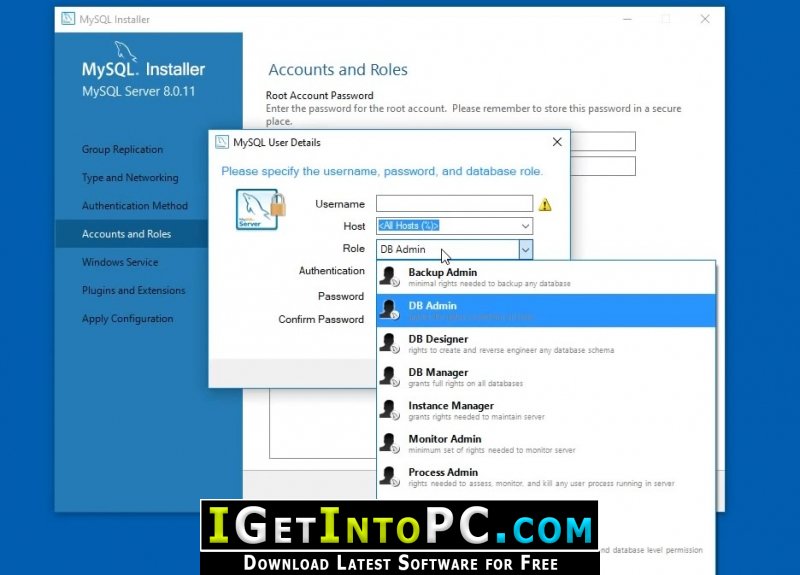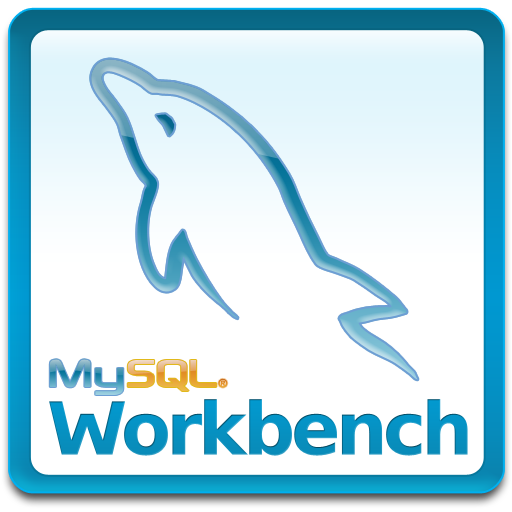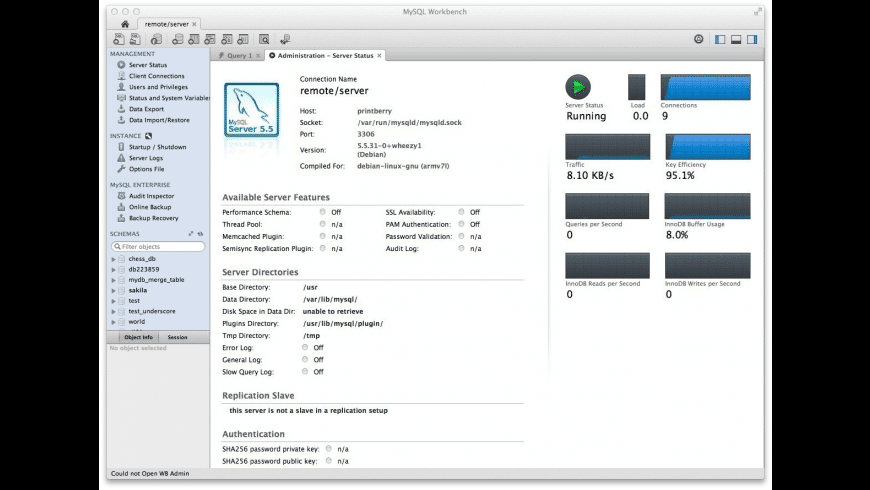

- Download mysql workbench install#
- Download mysql workbench password#
- Download mysql workbench plus#
- Download mysql workbench download#
- Download mysql workbench windows#
Download mysql workbench password#
Now, provide a common password such that you always remember that. Step 7: After all this setup, it will now simply ask you to keep a password for your MySQL.

Download mysql workbench download#
Step 6: After this, it will ask you for more permission to download other products of MYSQL just click on " next / execute" every time. Choose Developer default and click on next. Step 5: After giving the permission, it will ask you the setup type.
Download mysql workbench install#
Step 4: After extracting the file, it will simply ask you to install the application. Step 3: After downloading the file, extract the file in any folder. Step 2: Now, click on download according to your windows. This can be directly installed from MySQL community servers, which install every product of MySQL as well. This tool directly performs all the tasks in a few clicks, in MySQL workbench writing queries is not an essential step.

MySQL Workbench is a graphical user interface tool. Whether you have to store small information or you have to store large information you can use this server, no matter how hard your queries are this server executes them in seconds. MySQL server can be comfortably run anywhere and on any platform, which depicts that it is so much reliable and scalable. MySQL is the most common open source software, which means anyone in this world can use this software, can inspect this software, and also modify it. Submitted by Apurva Mathur, on September 04, 2022
Download mysql workbench windows#
We'll look closer at this in the rest of this chapter.MySQL Workbench Installation: A step-by-step guide to download and install MySQL Workbench for Windows and Linux. So MySQL user credentials include both the user name and the host name, and in this case it's and this allows you to limit certain users to certain hosts. I know that this one is secure and I'm going to type in the password and press okay and now we're logged in as the admin user that we just created.

Only do that if you know that your computer is secure. We just leave all of the rest of these things as they are, it's going to be a standard TCPIP connection, and I'll press okay, and now we have admin and it's a localhost 3306, just like the local instance for root and when I click on that it'll ask me for the password, I'm going to click Save password in keychain. The user name is going to be admin and there's no default schema or anything like that. I'm going to call this admin and Hostname 127.0.0.1 is the local host, so that's fine.
Download mysql workbench plus#
I press the little plus here on the home screen. So I can close this and I can close our local instance here and I can now add a connection. So we're calling it admin and you can only log in from local host and I'm going to press apply and now the account is added. And then under account limits, we don't need any account limits for this, and under Schema Privileges it's worth noting that MySQL uses the word schema interchangeably with the word database, and we'll cover that in some detail later on but for right now just know that we're not limiting this to any particular databases, it's just going to be able to do everything everywhere, just like the root user only it's under our control. And so there's all of the rights granted. These are all the global privileges that this user has and we want to give it all those privileges, rather than checking all of these at once, we're going to use one of these roles and here we have the DBA role, which grants all of the rights. Now I'm going to type in here localhost and I'll put in a password, and I'll type that password again and I'm not going to press apply yet, I'm going to come over here to Administrative Roles. These wildcards and percent sign and the underscore are just like the wildcards used in SQL for the like clause. You'll notice that what's in here by default is a wildcard, the percent sign, which means any host. You'll notice the Limits to Hosts Matching this limits where you can log in as this user and we want it to be the local host so I'm going to type that in here. This is the type of a password that's used for modern MySQL. Now this starts out calling it New User, I'm going to change that to admin, and I'm going to select the caching sh2 password type. So I'm going to log in right now as the root user and I'm going to select Users and Privileges from the Administration pane and add account. So, let's create an admin account, this is the equivalent of the root user, but it's fully under your control. A user credential in MySQL is a combination of a user name and a host. That said, because it's essential to setting up the server, the root user may not be deleted. You should rarely if ever, use the root account beyond that purpose. The purpose of the root account is to facilitate the installation and setup of the server. When you installed MySQL you created a root user account.


 0 kommentar(er)
0 kommentar(er)
